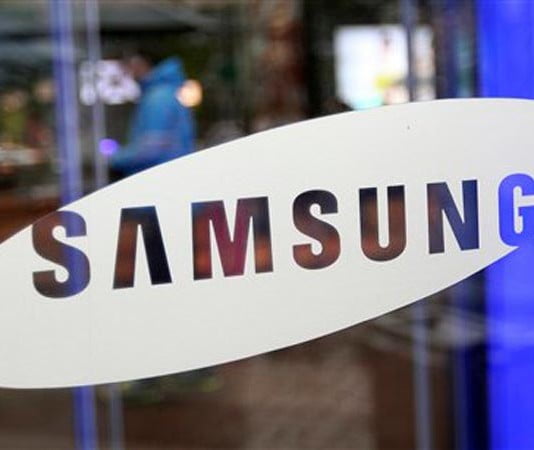Samsung has been making strides in chip production, having mass-produced 3nm chips since last year. However, the company has admitted that it is lagging behind its main competitor, Taiwan Semiconductor Manufacturing Company (TSMC), in terms of high-volume leading-edge process technology by two to three years. The admission was made by the head of Samsung’s semiconductor division, who said that TSMC is ahead in the five-year mark.
Samsung is already working on the development of the second-generation 3nm-class node called SF3 (3GAP). It has been holding a VLSI Symposium, where it revealed details about the new technology. SF3 technology enables the transition from FinFET to Gate-All-Around transistor architecture, which interests the industry.
The new technology boasts several improvements, including 22% frequency improvement, 34% energy efficiency improvement, and 21% area reduction (PPA) compared to the 4nm FinFET platform SF4. The SF3 technology is an upgraded version of the industry’s first mass-produced GAA process, adopting a multi-bridge-channel MBCFET design, which provides good performance for various nanosheet widths and standard cell heights. The new technology significantly improves the chip-level power consumption performance matrix, outperforming FinFET platforms.
However, Samsung’s images show damage to the top of the nanosheets during the metal gate process and highlight the production challenges encountered at the GAA-based SF3E production node. The company plans to focus on 3nm production in 2023-2024, SF3 (3GAP), and its improved version, SF3P (3GAP+). From 2025 to 2026, it plans to start deploying 2nm-class nodes.
According to market research institute TrendForce, the 3nm process will become the mainstream of the foundry market in the future, with the 3nm process market estimated to reach US$25.5 billion by 2025, surpassing 5nm’s US$19.3 billion. TSMC will still be number one in the global foundry market in the third quarter of 2022, with a 53.4% share, followed by Samsung with a 16.4% share. The 3nm process will be the key to becoming the main battlefield for both companies.


